-
•
•
6 responses
“The lessons we learn from scripture depend on the questions we ask… The Book of Mormon…warrants the most challenging questions we can throw at it. This book attempts to ask those difficult questions.” So opens this third and final volume of The Book of Mormon for the Least of These, focusing on the books of Helaman through Moroni. Specifically, this commentary asks what the Book of Mormon says “about genocide, bigotry, environmental destruction, poverty, and inequality? What can it offer a world that is broken, full of hatred and unfettered greed?” The Book of Mormon and this commentary have lots… Read More
-
•
•
5 responses
I had heard that this was on the horizon, but now it’s free for everybody (well, 3 videos a month). You can upload a YouTube video and not only have it create a translation, but it is more or less in the voice of the individual, and the lips are synced so that it actually looks like they’re saying the words. I know that the Church is rightfully careful about the uses of AI, but the potential for this in the future is obvious. “For it shall come to pass in that day, that every man shall hear the fulness… Read More
-
•
•
Come Up Hither to Zion: William Marks and the Mormon Concept of Gathering by Cheryl L. Bruno and John S. Dinger is an enlightening biography that brings attention to a significant yet often overlooked figure in the early Latter Day Saint movement. Read More
-
•
•
2 responses

I love that Latter-day Saint temples tend to be well-decorated with artwork, including the temple murals. I still find it a bit painful that the murals were not preserved as part of the Salt Lake City Temple renovation, but still find the history of the original murals in the Salt Lake City Temple to be fascinating, particularly due to the Paris Art Mission initiative. Notably, Linda Jones Gibbs discussed the history of the Paris Art Mission in a recent interview at the Latter-day Saint history blog From the Desk. What follows here is a co-post to the full interview. Read More
-
•
•
12 responses
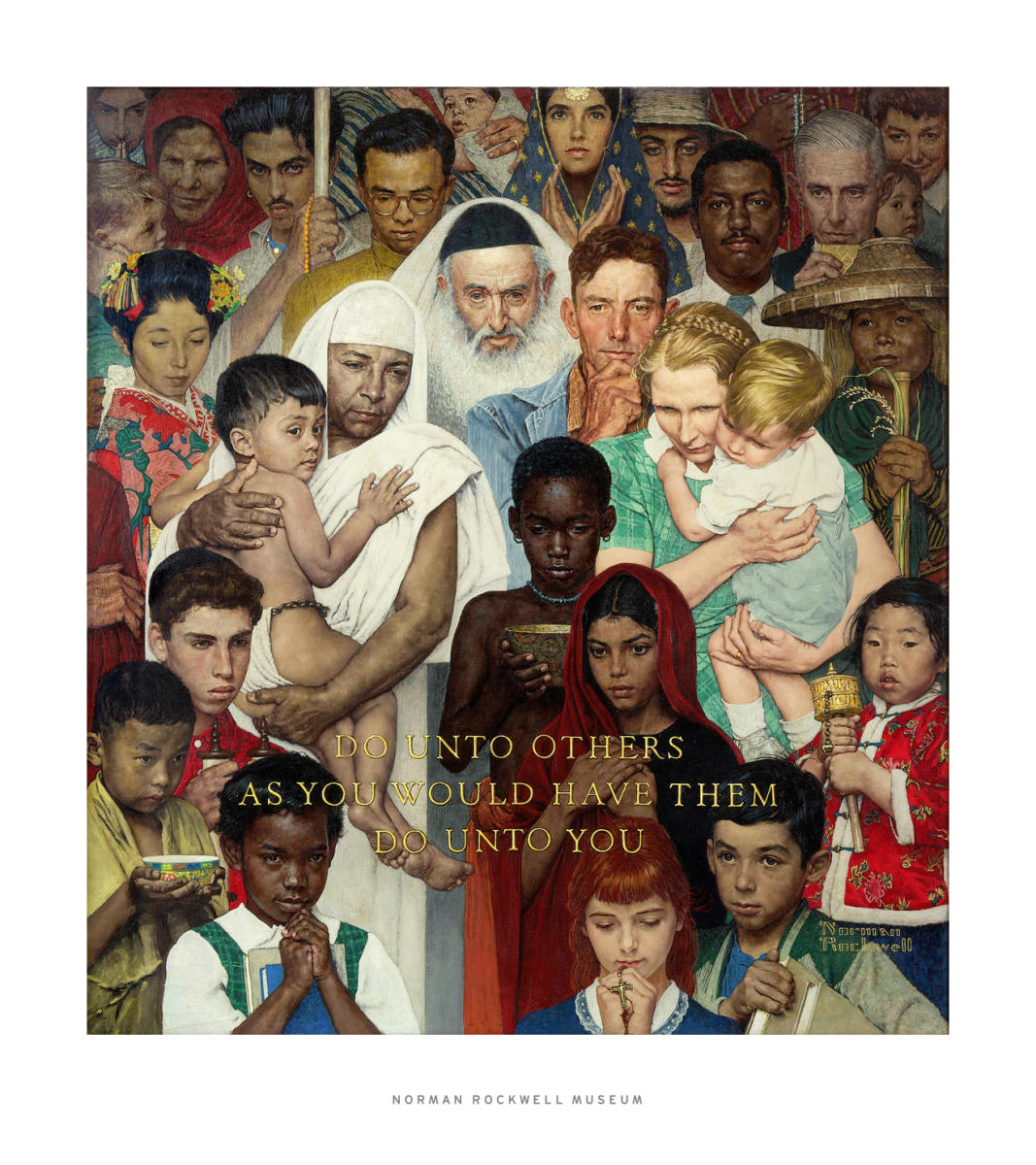
A few months ago I participated in a Traditional Latin Mass. More traditional-minded Catholics will genuflect when walking by or across the Host. As a non-Catholic I hadn’t considered what I should do until I found myself walking next to it and had to make a snap decision. On one hand as somebody who doesn’t believe that the Eucharist is God’s literal flesh, I thought it would be insincere for me to briefly kneel to it, and perhaps patronizing to those who do believe that; on the other hand it was very clear that that was the expectation, and it… Read More
-
•
•
One response
Slavery is one of the darkest subjects in the history of the United States. It was an issue that impacted so many lives (in ways that echo through to the present day) and arguments over it tore the nation apart. Utah Territory was no different in that they were caught in intense debates over the morality of the practice and what to do about it. In a recent interview at the Latter-day Saint history blog From the Desk, W. Paul Reeve and Christopher B. Rich discussed the history of unfree labor and slavery in Utah Territory, building on their recently… Read More
-
•
•
9 responses
Williams, Peter. “Detecting Semantic Differences between LDS and Christian Speech.” Schwa (2024). Read More
-
•
•
26 responses
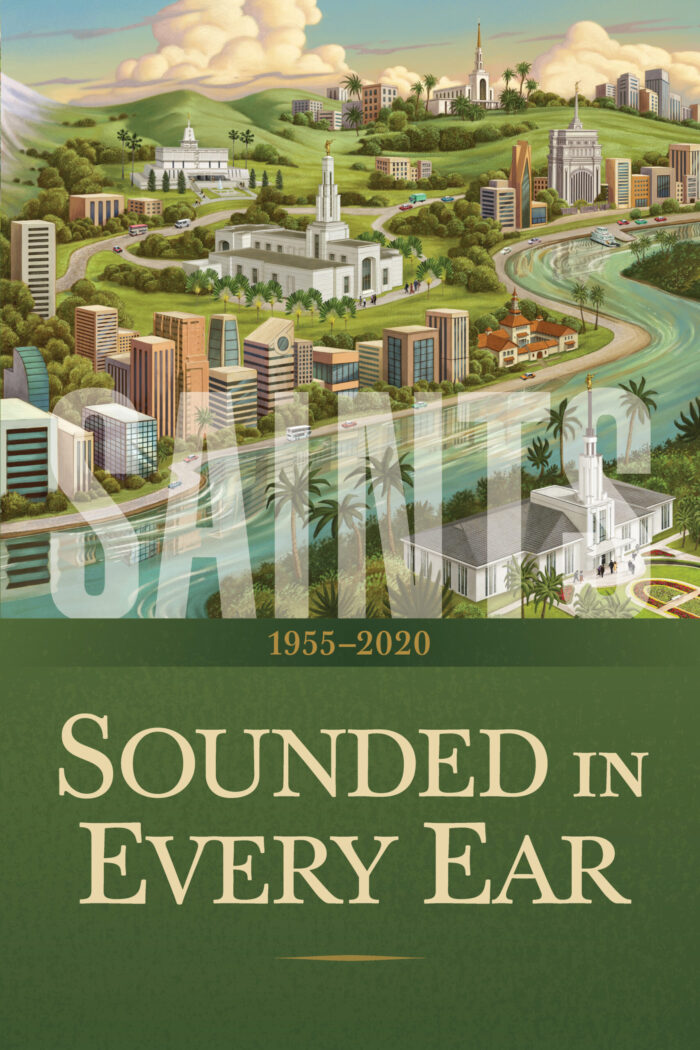
The fourth and final volume of Saints: The Story of the Church of Jesus Christ in the Latter Days was published today. This newest book, Sounded in Every Ear, tells the story of the Latter-day Saints from 1955 to 2020, bringing the history up nearly to the present day. It discusses an era in which conversion rates exploded in South America, the Pacific islands, eastern Asia, and Africa. The 1978 revelation that ended the priesthood and temple ban was an important event enabling that growth. Temple construction to support membership across the world became a big deal, with the number… Read More
-
•
•
6 responses
In the last two posts, I’ve argued that a limited chronology model primarily focused on Mosiah-3 Nephi 7 doesn’t excessively strain historical plausibility, and then turned around and argued that 1 Nephi-Enos was a living text that was adapted to reflect the state of the Nephite coalition around the time of Benjamin and later. But what does this have to do with a rational belief in Book of Mormon historicity? Read More
-
•
•
38 responses
I previously argued in Public Square Magazine that advancements in AI may be making a compelling secular case for the existence of God. Following on from that article, I’d like to explore another related topic. Read More
-
•
•
One response
Moroni is an important figure in Latter-day Saint lore. For example, I’ve written previously about how some authors have taken any mention of angels and the Book of Mormon in the same story as a reference to Moroni, whether that conclusion is warranted or not. But another area in which Moroni plays a role is in stories about the dedication of early temple sites of The Church of Jesus Christ of Latter-day Saints. One prominent example is a story of the dedication of the Manti Temple site. In a recent interview at the Latter-day Saint history blog From the Desk,… Read More
-
•
•
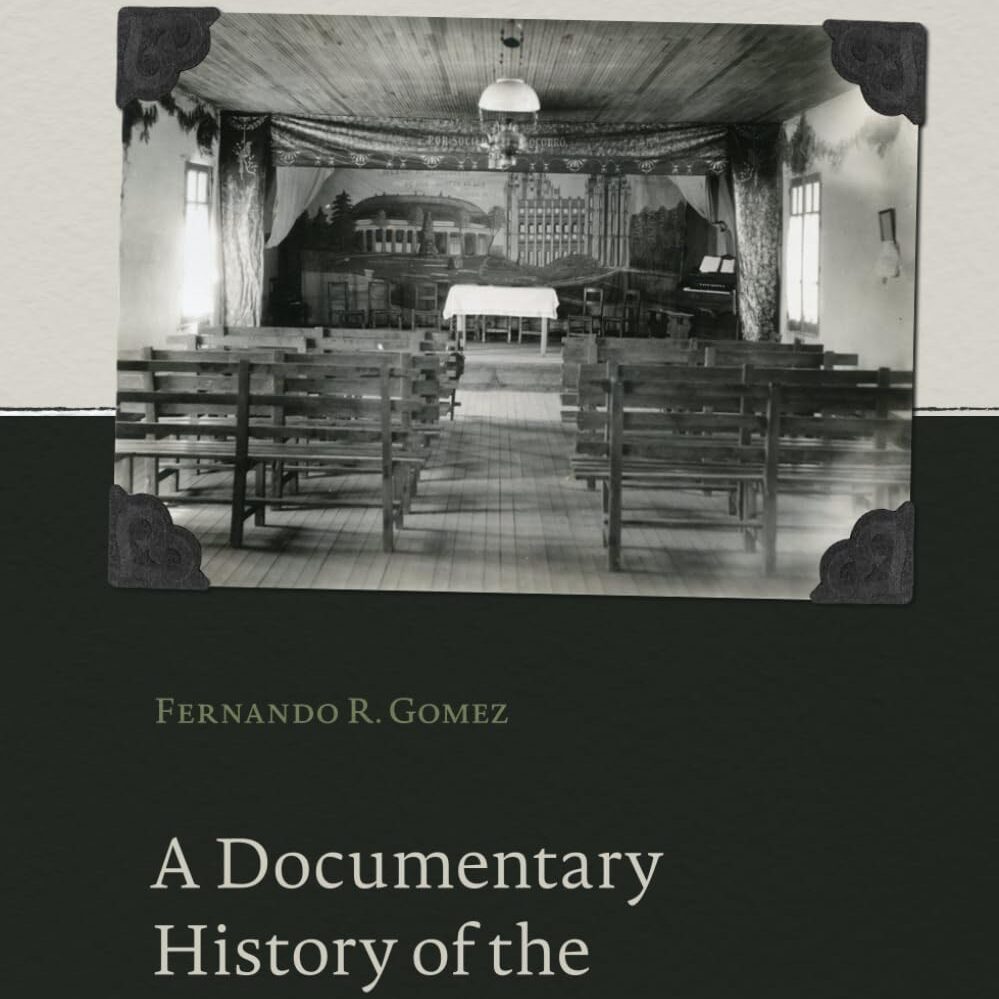
A Documentary History of the Church of Jesus Christ of Latter-Day Saints in Mexico, 1875-1946 by Fernando R. Gomez (founder of The Museum of Mormon Mexican History) provides a streamlined and updated look into the history of the Church in Mexico. Read More
-
•
•
9 responses
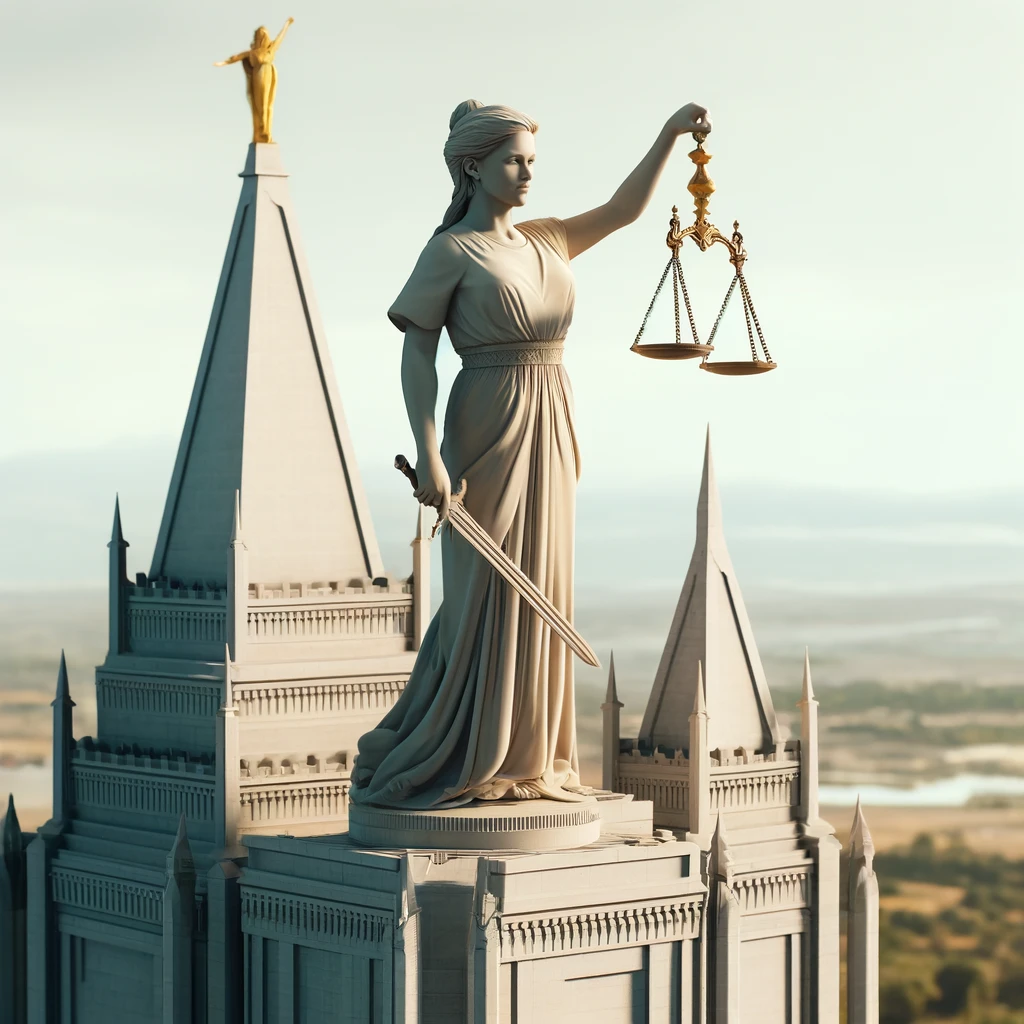
An amicus brief is a document submitted to courts by groups or people who have some interest in the outcome of the case. For landmark Supreme Court cases a lot of professional organizations, for example, will take a position and outline their reasons. My understanding is that the justices and their clerks don’t actually have to read these, but if it’s a brief from a person or organization that is important I assume they do, and occasionally the judge will cite an amicus brief in their decision-making. I went through the Supreme Court docket and identified all the recent… Read More
-
•
•
Early last year, I wrote about symbols I had observed in Wilford Woodruff’s journals. It turns out that I wasn’t the only person who had that on the mind – Joshua Matson had done some earlier and more intensive research on the same topic that he shared in a presentation at the Building Latter-day Faith Conference on March 4, 2023. From there, he worked on and published an article in BYU Studies and then discussed symbols in Wilford Woodruff’s journals in an interview at the Latter-day Saint history blog From the Desk. What follows here is a copost to the… Read More
-
•
•
2 responses
So in continuing this series on my thoughts on belief and history (I may pick that as a title), I wanted to give some background on why I ended up linking Mormonism and Plato. I did an interview with Gabriel Proulx a few months ago, and he assumed I’d been interested in philosophy for a long time. Not so. I had NO interest in philosophy as an academic discipline as an undergrad and focused on history then and throughout my academic training. I came across my interest in Plato from that angle. The only philosophy class I ever took was… Read More
-
•
•
7 responses
One of the markers of being the cool intellectual member is that you know where all the bodies are buried. I remember as a middle schooler cross-checking The Godmaker’s Journal of Discourses references and feeling like I was the recipient of arcane, secret knowledge. Of course, now the Internet has shouted everything from the rooftops and most people knows about the big tough issues (e.g. pretty much all Latter-day Saints know about Joseph Smith’s polygamy now). But still, there are some more niche issues that are still primarily the purview of the more well-read class. And with the Internet it… Read More
-
•
•
13 responses
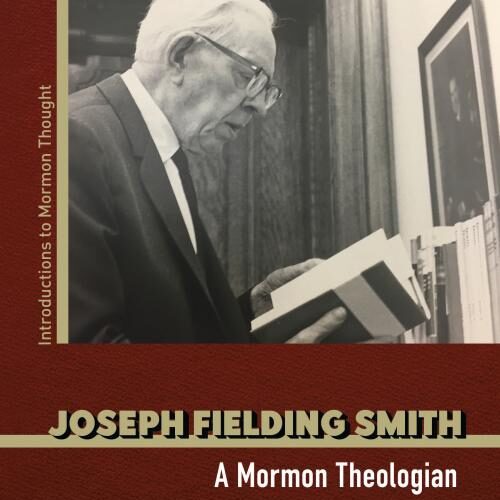
I remember a conversation with an institute teacher that I was particularly close to while I was attending college. I was in his office and noticed a framed sketch that included important intellectuals and writers in Latter-day Saint history. While I liked most of them, I pointed out that I didn’t care for Joseph Fielding Smith and Bruce R. McConkie and the perspectives they held. The institute teacher then said, “I agree, but can you deny that they belong there because of the impact they had?” Joseph Fielding Smith: A Mormon Theologian, by Matthew Bowman is an impressive glimpse into… Read More
-
•
•
7 responses
Missionary service is a time of growth and an opportunity to serve, but it can also be a source of extreme pressures and stress for missionaries that manifests in different ways. One of the more famous examples came in the 1950s in the British Isles, where pressure from a mission president led to people taking advantage of the appeal of baseball to increase the number of baptisms they reported, regardless of whether it led to actual, long-term conversion. In a recent interview at the Latter-day Saint history blog, Greg Prince discussed baseball baptisms. What follows here is a copost to… Read More
-
•
•
26 responses
Approaching the Book of Mormon as a historical text helps make sense of aspects of the book that an exclusive focus on the text as a work of fiction or on its nineteenth-century context overlooks. Several of these aspects relate to the opening books, from 1 Nephi to Enos. One aim of these books is to explain how several objects symbolizing political and religious authority came to be the rightful possessions of the Nephite king, while another important goal is to explain how the Nephite people came to exist in their current form. As that form changed, so did the… Read More
-
•
•
2 responses
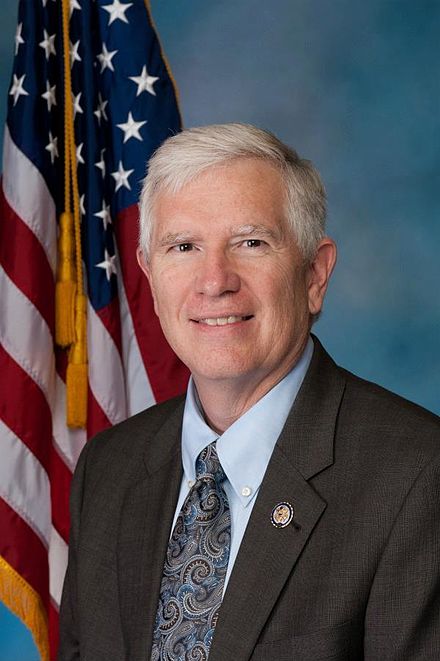
The quotes around Latter-day Saint are not for Romney, but Brooks, as explained below. Also, none of this should suggest that I’m on Team Democrat, and I don’t want this to devolve into some brute-force democrat versus republican fight in the comments, but on the issue of, you know, not overthrowing the republic I think reasonable people can come together. Like many I have been often disappointed by the paucity of republicans willing to stand-up to Trump, and I’m saddened that the one Senate republican who has a track record of putting his power where his mouth is will be… Read More
-
•
•
33 responses
Over the next few posts, I’m going to sketch out an argument that believing in the historicity of the Book of Mormon is a rational choice. To put it briefly: the Book of Mormon does not need to strain historical plausibility nearly as much as it might seem; treating the Book of Mormon as a document that existed in history offers insights on the text that a focus only on its 19th-century context would overlook; and the historicity of the Book of Mormon offers a compelling explanation for a number of things that are otherwise difficult to explain. Read More
-
•
•
21 responses
In this next post in something of a series (I’m holding off numbering these or giving them all the same title, since the concept is a bit amorphous) I wanted to lay out my approach to belief in topics that are historical. This title is something of a play on words, as I don’t mean so much as believing a believer’s narrative about historical things pertaining to Mormonism. Instead, what I mean is that I “believe” what the historical documentation and scholarly evidence indicates. I “believe” history. Yes, I’m well aware that there’s a lot of debate about a lot… Read More
-
•
•
2 responses
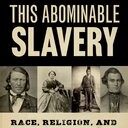
This Abominable Slavery: Race, Religion, and the Battle over Human Bondage in Antebellum Utah by W. Paul Reeve, Christopher B. Rich Jr., and LaJean Purcell Carruth is a fascinating and detailed glimpse into the debates about slavery and race in Utah Territory in the 1850s. Incorporating never-before transcribed accounts of the 1852 legislative session that saw Utah Territory leadership pass a series of laws intended to regulate unfree labor, this volume provides a thorough analysis of those laws, the debates that surrounded them and how they fit into the national context of the United States at the time. In doing… Read More
-
•
•
78 responses
Having done a few posts on being a practicing Mormonism while disbelieving in Book of Mormon historicity, I wanted to shift gears a little bit to explain a few more aspects of my believing framework. I’ve talked about my views on what I see as the good that our religion (others too) does for the lives of its members here in life, and I want to start a series a posts on what I see as a historical framework to Mormon belief that I find compelling. I’ll go over this in more detail in upcoming posts, but the gist is… Read More
-
•
•
18 responses
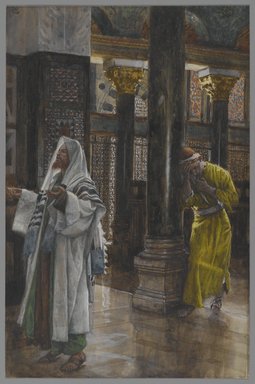
“God, I thank you that I am not like other people: even like this jock. I watch my language, am always worthy to pass the sacrament, am on the honor roll, and I give a tenth of all my income.” As a note, I put this post in the queue for the 5th a long time ago, not realizing that it was General Conference weekend, I’ll keep it up, but in posting on General Conference Saturday I’m in no way trying to draw attention from what should be drawing your attention today. With high school almost 20 years in the… Read More
-
•
•
6 responses
One aspect of Islam that I appreciate is their approach to translation of scriptures. You see, the Quran is considered a sacred text that was originally revealed in Arabic, and translations into other languages are often called “interpretations”. This is because Muslims believe that the Quran’s sacred character is unique to the Arabic language, and that translating it into another language changes its meaning. While I don’t know that the original language of a volume of scripture is sacred per se, any translation of that text can be viewed as an interpretation that changes its meaning to one degree or… Read More
-
•
•
2 responses
Among “amateur” LDS scholars (however you want to define that), Morgan Deane is, in my estimation, unfairly overlooked. While his specialty – military history – is something of a niche (though it shouldn’t be), it readily works with the Book of Mormon, especially with the accounts of wars. Part of the issue, methinks, is that “war” and “violence” are not particularly palatable topics amongst academics, and so we get occasionally forced eisegesis like the kind in the book Proclaim Peace (which, I think, has a decent premise taken way too far; we really should eschew violence as often as possible… Read More
-
•
•
7 responses
Marion D. Hanks is one of the most influential general authorities who never served in the Quorum of the Twelve or First Presidency. Today he is best known for his hymn, “That Easter Morn”, his advocating for Christlike service, and the support he lent to Black members of the Church in the years leading up to the Priesthood Revelation. In a recent interview at the Latter-day Saint history blog From the Desk, Hanks’s son and biographer, Richard D. Hanks, discussed Marion D. Hanks’s life and legacy. Read More


